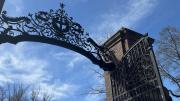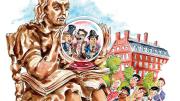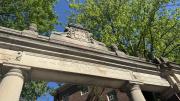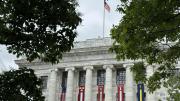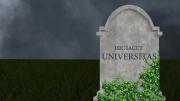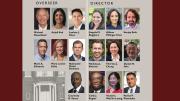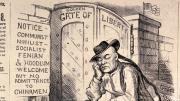A presidential search is a courting ritual: the Corporation tries to figure out what it wants (continuity or change), and the candidates try to figure out what Harvard is and wants to become (and whether there is a good fit). Their iterative conversations, if fruitful, generate a common understanding about an agenda: think of it as a prenup. Ignoring the intimate details, here are three Big Ideas for the Harvard of 2018-2030 (being both optimistic and realistic about the duration of the likely marriage).
Students: stay the course. The marquee item is undergraduate financial aid. Let the Corporation and its anointed leader agree that the current deal is plenty sufficient (no cost for families with incomes below $65,000, and a graduated 1 percent to 10 percent of income as their earnings scale up to $150,000)—further liberalization of terms is not needed. Aid spending should increase, for reasons ill (the term bill now rises about 4 percent yearly, or $2,500) and good (the College ought to vigorously pursue enrolling as many more lower-income students as possible). Aid is also sensitive to the economy: during recessions, family incomes suffer, so need increases. From a budgeting and fundraising perspective, it would be a sensible near-term goal to get, say, 75 percent of the Faculty of Arts and Sciences’ undergraduate-aid outlays endowed; today, when such spending is about $180 million per year, it is about two-thirds defrayed by endowed funds and gifts.
Relax on real estate. Harvard has spent a lot on its physical plant, from House renewal and the Allston science complex, both very much (and very expensively) still under way, to the Kennedy School’s campus makeover to the Business School’s new executive-education residences and conference center. There is further work to do at the Medical School and elsewhere, but it is possible to become too enamored of bricks and mortar. The fixing up of Holyoke Center, and its transmogrification into Smith Campus Center, for example, will cost many tens of millions of dollars—not staggering, in the scheme of things, but enough, even at Harvard’s price point, to endow 15 to 20 professorships.
Which brings up the final idea:
Focus on the faculty. After a gigantic capital campaign focused on shoring up the University’s balance sheet and investing in engineering and applied sciences, it seems essential to address Harvard’s other academic priorities head-on. What are the things the world most needs to know? (Perhaps: how to feed itself; how to integrate arts and humanities into an era seemingly obsessed only with apps; how to adapt to an altered climate; how to conceive of work when too few jobs are being created; how to address inequality; how to deepen comprehension of the East and the Global South in the blessedly developed, higher-income regions, and vice versa; what’s up with the brain?) And how can Harvard make the greatest contributions to knowledge and education—and where, accordingly, ought the faculty to grow after a static decade? That comes squarely back to the University’s role in creating what the economists and financiers might call intellectual capital—understanding and learning. (Worry not, fundraisers: the resulting themes can be plenty appealing—witness MIT’s campaign, just down the street.)
Of course Harvard must secure its financial future and its infrastructure. But in balancing priorities, it’s time to be academic.
~John S. Rosenberg, Editor
